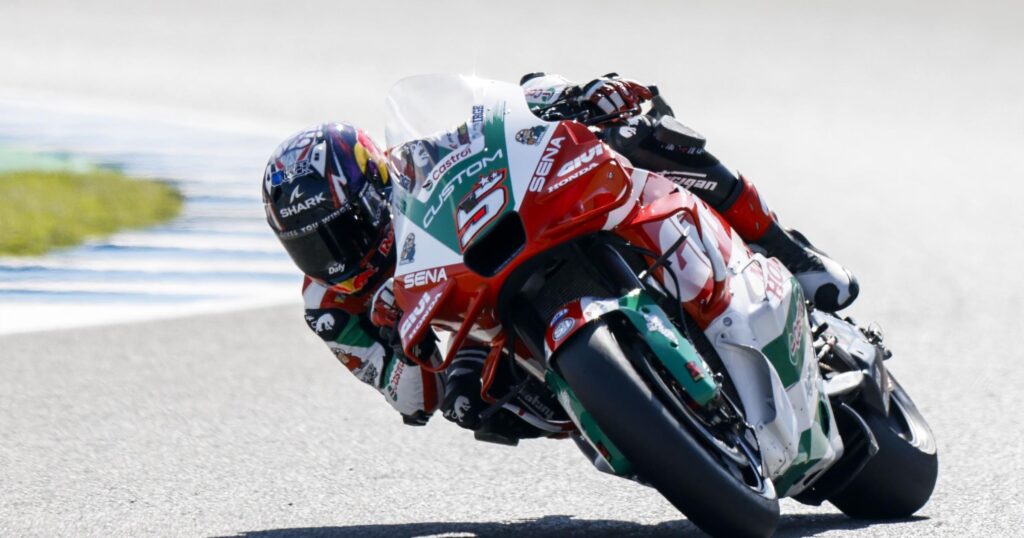At the Grand Prix of Spain, the atmosphere was charged with excitement and tension as fans gathered to witness the much-anticipated Sprint Race. This event showcased the remarkable talents of the riders, each eager to display their skills on the challenging track. However, as often happens in motorsport, the adrenaline-pumping action was marred by a series of unfortunate incidents, including crashes that seemed all too familiar to both fans and competitors alike.
One of the standout moments of the race came when Johann Zarco, the renowned French rider, found himself in a precarious situation. Known for his aggressive riding style and impressive performances, Zarco has garnered a reputation for both brilliance and occasional misfortune. During the Sprint Race, he encountered a stubborn patch of gravel that would ultimately result in a significant crash, forcing him to abandon his hopes of a top finish.
Upon exiting the crash site, Zarco reflected on the incident, sharing his thoughts with the press. “We’ve seen so many crashes like that,” he remarked, clearly frustrated but demonstrating his characteristic sportsmanship. His comments echoed the sentiments of many riders who had faced similar challenges throughout their careers. The unpredictability of racing was on full display as one single miscalculation could send even the best riders tumbling into disaster.
The gravel traps, although designed to minimize the severity of crashes, often become a riders’ nemesis, proving to be tricky and unforgiving. Zarco’s experience serves as a reminder of the thin line between triumph and disappointment in motorsport, where every second counts, and every maneuver can lead to glory or heartache. As the race unfolded, other competitors navigated the same gravel sections, showcasing their skills and strategies to avoid the pitfalls.
Moreover, the Sprint Race at the Grand Prix of Spain was not just about adrenaline but also a test of strategy and timing. The riders had to remain vigilant, expertly balancing aggression with caution as they sped around the track. This dynamic environment created a palpable energy among the competitors as they jostled for position and maneuvered through the twists and turns.
Rain often plays a significant role at racing events, and the unpredictable weather in Spain added another layer of complexity to the race strategies. Teams prepared meticulously for this factor, choosing tires and setups that would allow their riders to capitalize on any weather-related opportunities. As the races in Spain progressed, both teams and riders had to stay on their toes, employing tactics to adapt to changing conditions.
The excitement of the Grand Prix of Spain extends beyond just the Sprint Race; it is a festival of motorsport that attracts fans from around the globe. The iconic Circuit de Barcelona-Catalunya, known for its rich history and challenging layout, serves as the ideal backdrop for such high-stakes competition. The sight of roaring engines and the thrill of high-speed racing echo throughout the stands, captivating spectators who cheer for their favorite teams and riders.
Looking back at the Sprint Race, it becomes clear that while crashes like Zarco’s are unfortunate, they are an integral facet of motorsport, illustrating the inherent risks involved in racing. The lessons from such events serve not just as reminders of the physical dangers but also highlight the emotional rollercoaster experienced by the athletes.
As competitors and teams regroup for the next stages of the competition, they carry with them not just the lessons learned but also the camaraderie that comes from sharing both the triumphs and adversities on the racetrack. The Grand Prix of Spain continues to solidify its standing as a crucial event in the racing calendar, embodying the spirit of competition that fuels the passion for motorsport. The upcoming races promise to be equally thrilling, with riders eager to reclaim their positions and capitalize on the lessons learned from the adrenaline-fueled experiences witnessed at this year’s event.











